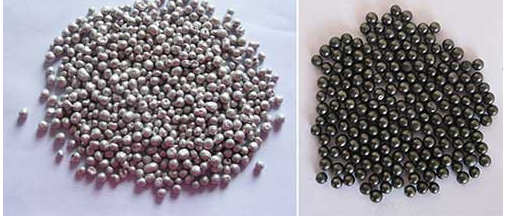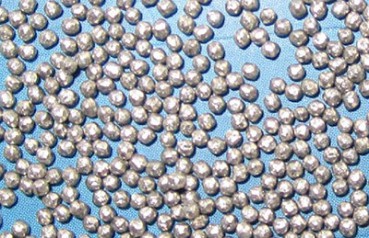Factors determining the size of steel shot
During the production of steel shots, we usually produce them according to the user's needs and relevant regulations. This is actually because our early manufacturing process could determine its size. So, in order to use the product better, we need to have a detailed understanding of the product.

In the metal processing industry, shot blasting machine is a common metal surface treatment equipment, which uses the shot blasting machine to rapidly throw abrasive products onto the metal surface. Under the action of force, the metal surface undergoes a series of cleaning to meet the standard requirements.
It uses a shot blasting machine to complete the entire processing process, which is called shot blasting. Shot blasting uses a high-speed rotating impeller to throw small steel shots or iron balls out, hitting the surface of the part at high speed, thereby removing the oxide layer on the surface of the part. At the same time, the high-speed impact of steel or iron balls on the surface of the parts causes lattice distortion and increases the surface hardness of the parts. This is a method of cleaning the surface of parts. Shot blasting is usually used to clean the surface of castings or strengthen the surface of parts.
The hardness of steel shots determines their service life during use. Its hardness is directly proportional to the cleaning speed. The higher the hardness, the faster the cleaning speed, the faster the consumption, and the shorter the lifespan. Its manufacturing process determines its different sizes. The larger the diameter, the higher the surface roughness after cleaning, but the higher the work efficiency, and the greater the wear.
The manufacturing process of steel shot determines its size, while its quality determines its service life. So in order to use it better, we need to learn how to make it in the early stages of work, which will be more conducive to later use.
Editor: Suger
steel shot Relevant information
steel shot Related Products
- E-mail zs@sdsmachinery.com
- whatsapp +8615653328535
- Wechat +8615965331535
-
Shandong Metal Abrasive Co., Ltd produces China steel shot and alloy steel shot at a low price, with a complete range of models and a professional team




